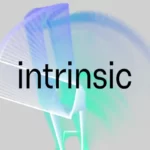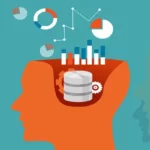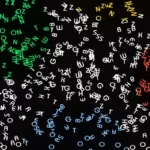Examples of a Node Diagram 08/07
The complexity of business operations, data structures, and processes in the modern world necessitates a way to visualize intricate systems. Node diagrams, known as network diagrams, are potent visualization tools that help IT professionals, project managers, and data analysts make sense of complex scenarios. They help detail the relationships between different components in a system in a clean, precise, and understandable way. In this article, we delve deeper into the world of node diagrams, explaining their significance, structure, and various applications in different fields. Keep reading to discover examples of a node diagram.
Understanding the Basics
A node diagram consists of the two fundamental features of any network: nodes and links. A node represents an entity where links, the connections between nodes, represent relationships.
Node diagrams simplify complex systems by representing them as interrelated elements. It’s a universal form of representation that applies to a wide array of domains, from digital networks to biological systems. Node diagrams portray elements and their relationships and information about these relationships, such as distance, strength, and direction, which further enhance our comprehension of the given system.
Node diagrams leverage our innate ability to process visual information rapidly and accurately. They serve as an efficient means of displaying relationships among operating units, not in a linear but systemically connected manner. Even for a viewer with no technical knowledge about a system, a well-drawn node diagram can give a decent understanding of how things are interrelated.
Examples of Node Diagrams
One example of a node diagram is a computer network diagram. Each computer or networking device is represented as a node, and their connections are depicted as lines or arrows. This diagram helps network administrators visualize the network infrastructure, identify potential bottlenecks or issues, and plan for expansion or optimization.
Another example is a project management diagram, where nodes represent different tasks or milestones, and the connections show the dependencies or sequence of these tasks. This allows project managers to visualize the workflow, determine critical paths, and assess the project’s overall progress. By visually organizing and representing the various components and their relationships, node diagrams enable better decision-making, resource allocation, and communication within the team.
Node diagrams can also be used in brainstorming sessions or organizational planning. For instance, in a brainstorming session, nodes can be ideas or concepts, and the connections can show their relationships or hierarchy. This helps participants generate new ideas, analyze their interconnections, and identify potential solutions or strategies. In organizational planning, node diagrams can map the organizational structure, showcasing reporting lines, responsibilities, and communication channels.
The Future of Node Diagrams
With the rise of digital technology and data-driven decision-making, the importance of node diagrams is not likely to diminish anytime soon. The future looks even brighter. More sophisticated software tools are being developed to generate node diagrams from raw data automatically. These tools don’t just stop at creating diagrams but also offer advanced features like interactive visualization, automatic clustering, and guided exploration.
The field of data visualization is bracing itself for the impact of rising trends like virtual reality (VR) and augmented reality (AR). These technologies promise to enhance our interaction with data, allowing us to explore node diagrams more effectively and intuitively.
Node diagrams are invaluable for visually representing complex systems and their interconnections. From their basic structure to diverse applications and promising future, they offer a robust and scalable solution for understanding, analyzing, and communicating multifaceted data. As the world becomes more interconnected and complex, the utility and importance of node diagrams will only continue to grow.







